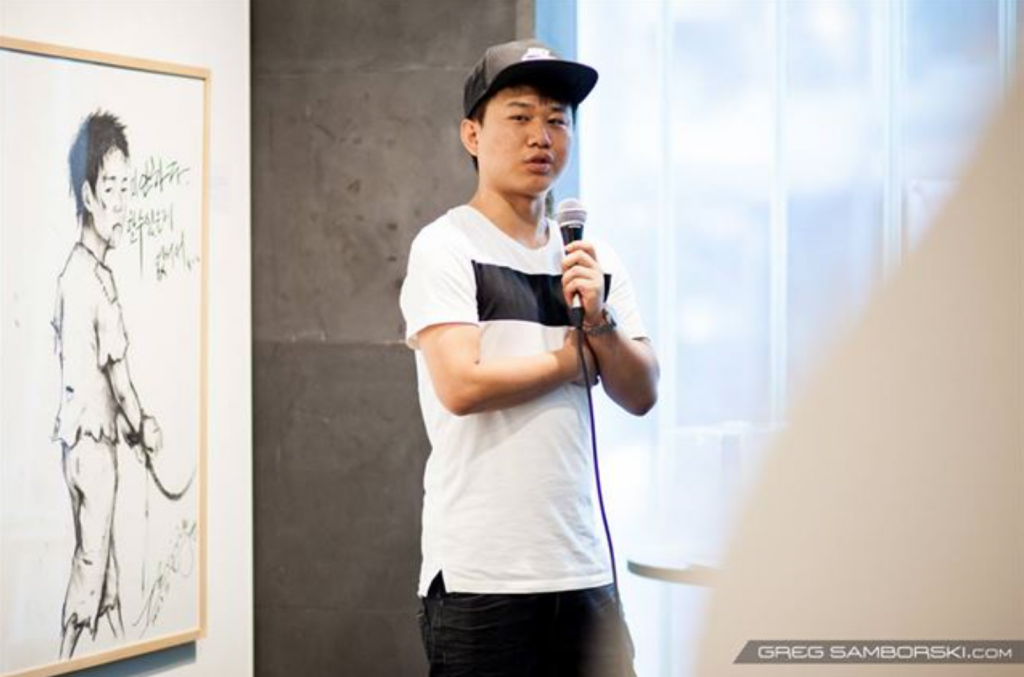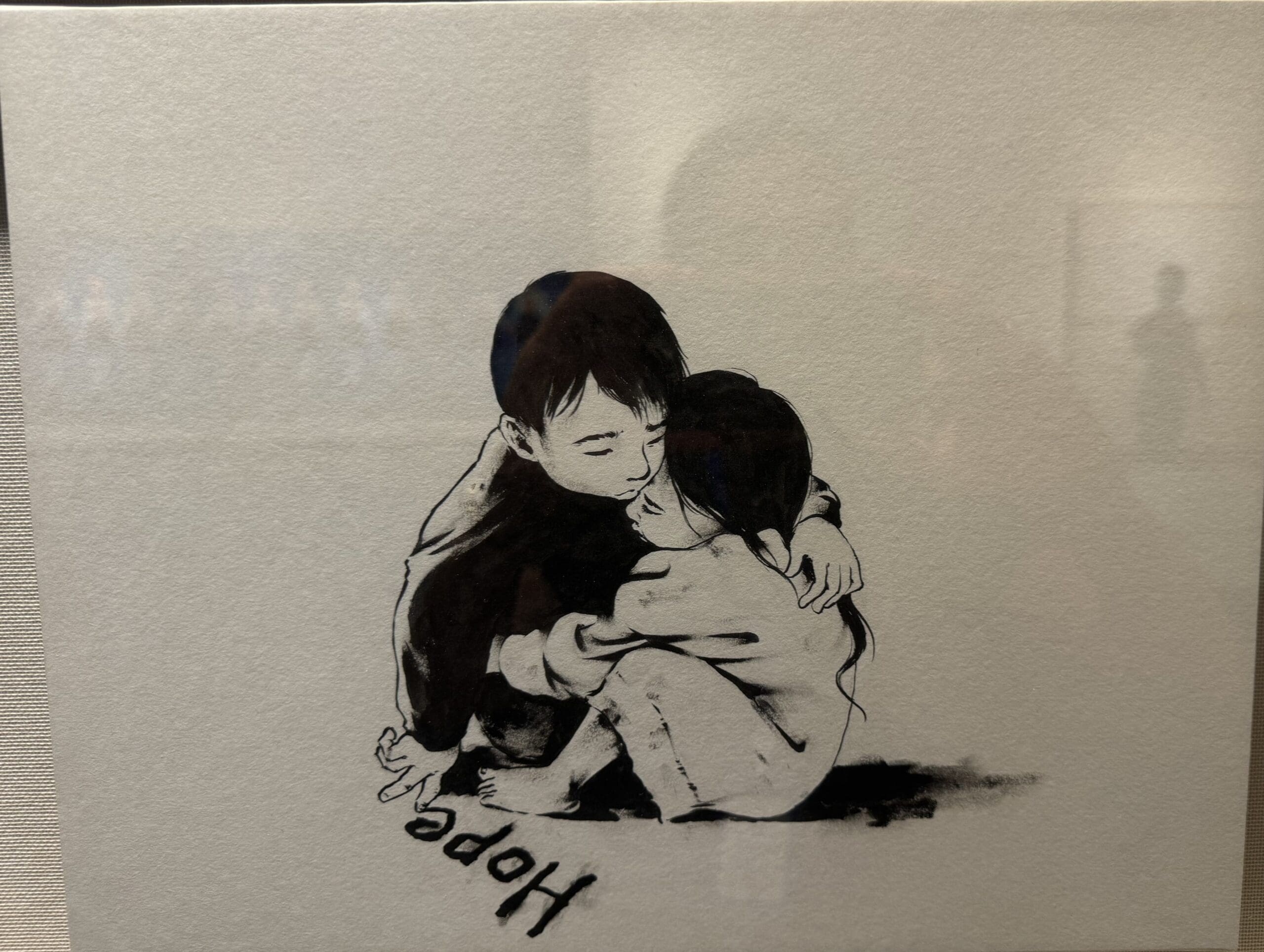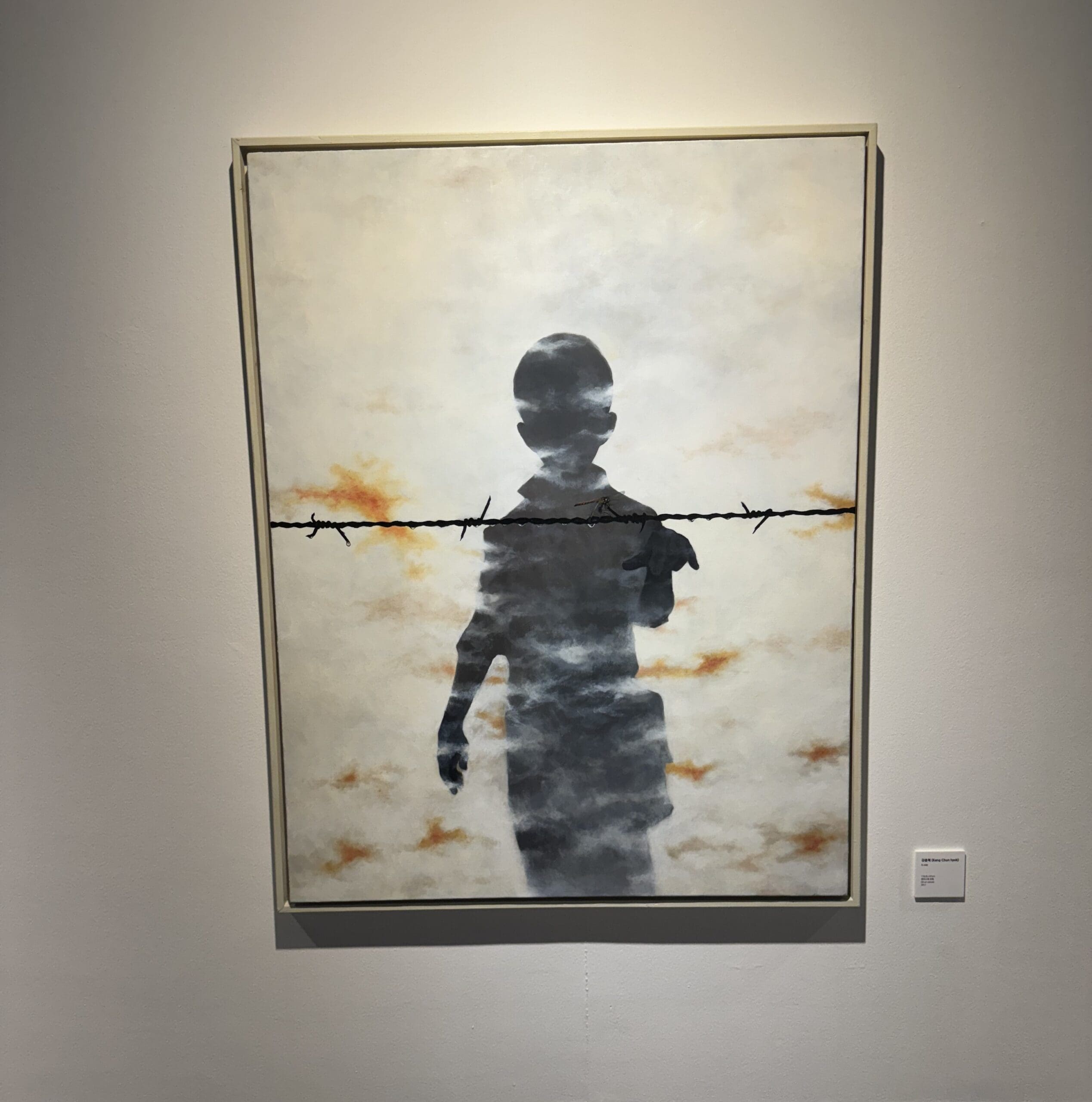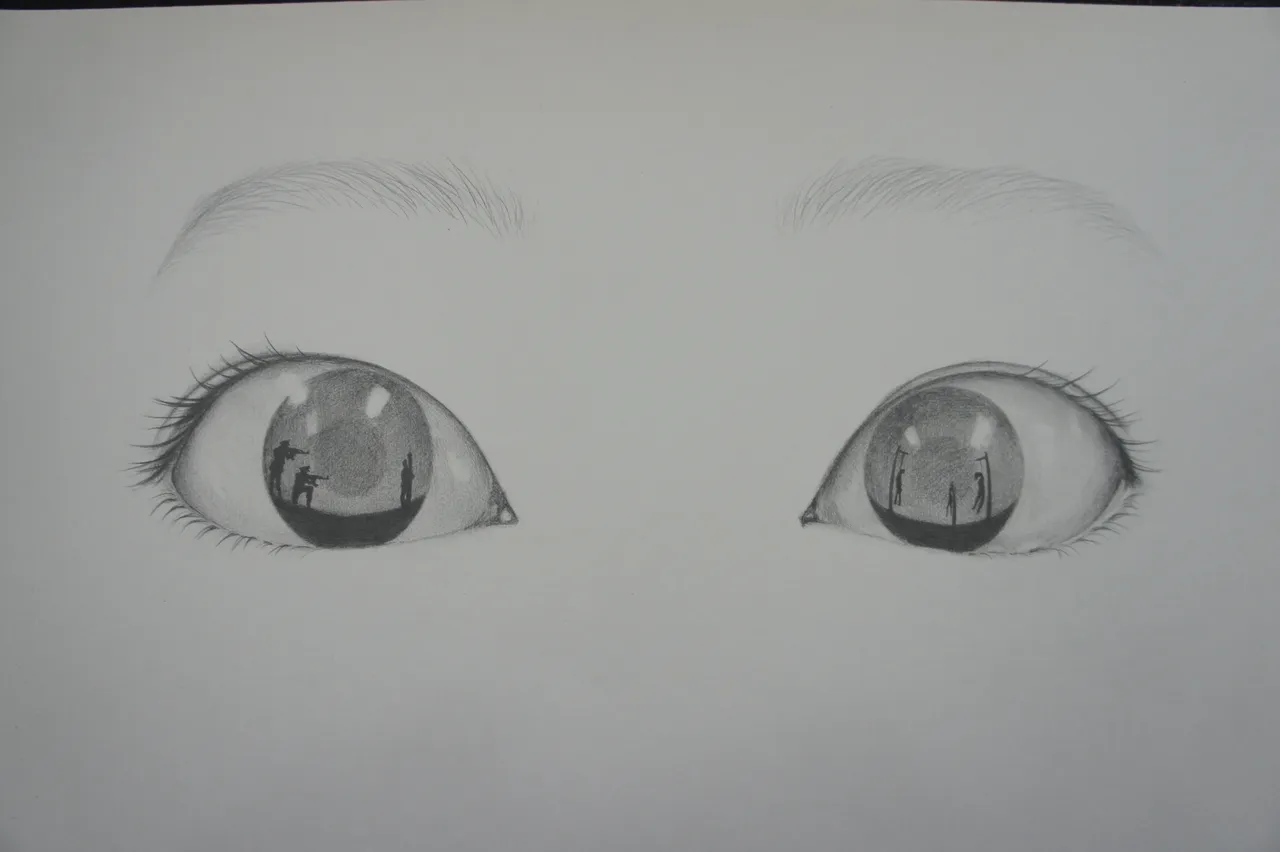When my husband and I were planning to go to South Korea, this editor looked at guidebooks for historical sites or interesting geological formations to visit. There was not a lot to find. Once we were on the streets, it seemed as if the cities were modern cities and lacking a certain character.
After the first few days, I realized that I wasn’t looking deep enough. It wasn’t the architectural or city sites that define this country, which has been occupied by China, Japan and almost by North Korea.
The 1950 War’s bombing campaign destroyed almost every substantial building in North Korea, including factories, schools, hospitals, and government offices. Seoul changed hands four times during the war and was largely destroyed. One estimate says that at least 191,000 buildings, 55,000 houses, and 1,000 factories were destroyed in Seoul.
The Korean War, a civil war, was one of the most destructive conflicts in modern history, with an estimated three million people killed, about half were civilians.
As we walked around the streets and subways, a strong feeling emerged: the resilience of the people. It was nothing one could take a photo of – but the feeling and purpose was so strong – it could be felt.
I was struck by the work of Kang Chun-hyok, which was hung in the Unification Tower. For the first week back in the United States, I dreamt of South Korea every night.
Kang Chun-hyok’s Art Featured at Odusan Unification Tower
At the base of the Odusan Unification Tower, an art exhibit, featuring work by Kang Chun-hyok was featured, as well as a video of the North Korean defector performing rap. “At 12, set my foot into a new world, my eyes poppin’ from shock with my first step.”
In December 2023, Kang was one of nine Korean defectors who was recognized by the South Korean unification minister for his contributions to the arts: “a rapper-painter who has raised awareness on unification among the younger generation.”
Kang was born in 1986 Onseong, North Hamgyong Province, North Korea. His father like many North Korean traveled through China attempting to defect. But in 1997, he was caught and imprisoned.
With his father gone, Kang became a kotjebi (homeless child). According to reports, most of the kotjebi eat only once a day and the diet consists mainly of grass soup, wild vegetable porridge, and grass roots. The kotjebi are not officially recognized in North Korea, and any mention of the term is prohibited in state publications and documents
When he was about nine or ten, he witnessed a public execution of a man who stole copper wires from state-owned power lines. (North Korean dictator Kim Jong-un denies widespread executions. The South-Korean-based Database Center for North Korean Human Rights has collected unverified testimony on 1,193 historic executions in North Korea to 2009. Amnesty International reported that there were 105 executions between 2007 and 2012, and the Foreign Policy periodical estimated there were 60 executions in 2010.)
When Kang’s father was released from prison in 1998, the family once again tried to escape to China. But in 2001, the family were caught by the Chinese police. Kang bribed Chinese officials and travelled to South Korea via Vietnam and Cambodia. He reunited with his family a year later.
In a 2014, story in The Guardian, Kang spoke about the difficulties adjusting. “We don’t understand the differences in the Korean language, and have to sit with the dictionary. We don’t know English or computers and have to learn many subjects from scratch.
“We have to get used to different cultures and learn new things to function properly in daily life. People have to learn about the bus and the subway and things like washing machines. Some can be afraid to leave the house at all in the beginning,” he said.
https://www.theguardian.com/world/2014/sep/08/north-korean-defector-turned-rapper-kang-chun-hyok-any-questions
He majored in fine arts at Hongik University, a prestigious art school in Seoul. His goal as an artist is to enlighten the world about the brutal abuses of North Korea’s authoritarian regime and to condemn North Korea’s human rights violations through his work. He has had a solo exhibition in Prague, Czech Republic, and a group exhibition in Dresden, Germany.

Korean rapper and artist KangChun-hyok raps,
“Lose some fat on your belly, I ain’t afraid of your public execution, so I’m here for this public audition.” (image: Yonhap)





Powerful article. Thank you for sharing your experience and observations and learning.